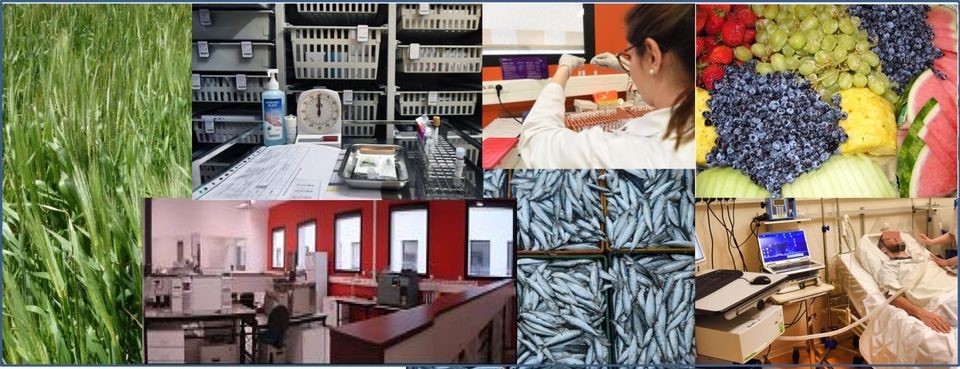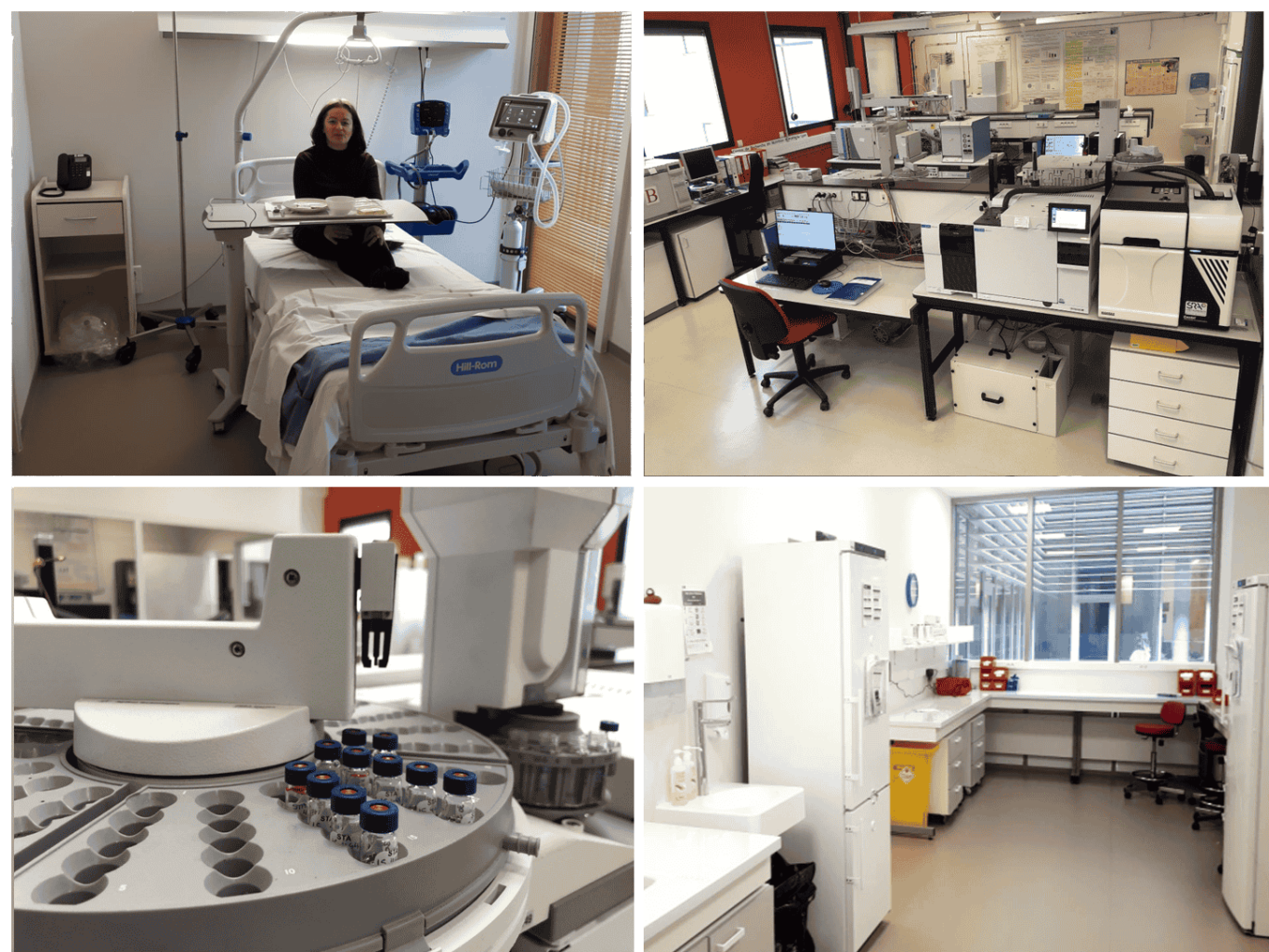Polynut study: Study of the effects of polyphenol supplementation on postprandial metabolism following lipid- and sucrose-rich overnutrition
Public funding
Sponsorship: Hospices Civils de Lyon
Purpose: Various types of dietary polyphenols, bioactive compounds derived from plants, have been shown to have protective metabolic effects in rodents. They could also help to improve lipid profiles and thus reduce cardiometabolic risk in humans. The aim of the project was therefore to determine whether dietary supplementation with polyphenols extracted from grapes could limit the deleterious metabolic effects of lipid- and sucrose-rich overnutrition in healthy humans, on hepatic and lipoprotein metabolism.
Methods: A randomized placebo-controlled double-blind paralleled trials on 42 men with BMI comprised between 23 and 27 kg/m2 were designed to test 2 g/day of a grape polyphenol extract during 39 days of high calorie-high frutose overfeeding (+50% of daily caloric need during 31 days) with food as snacks. Before and after intervention, anthropometrics, cardiometabolic profile, inflammatory parameters, stool sample for gut microbiota analysis, body and liver composition, insulin sensitivity (clamps) and postprandial lipid metabolism using a test meal containing 13C-labelled triglycerides to monitor the fate of ingested lipids postprandially were assessed.
Results: After 1 month of overfeeding, bodyweight, fat mass and liver fat increased. While whole body insulin sensitivity did not change, homeostasis model assessment of insulin resistance (HOMA-IR) and the hepatic insulin resistance index (HIR) increased during overfeeding. Moreover, overfeeding has induced change in 163 genes expression in placebo group versus 352 genes in group with polyphenol supplementation. Genes were principally involved in lipids metabolism and adipose tissue remodelling. Immunhistochemistry and gene expression data confirmed the reduction in angiogenesis in the group with polyphenol supplementation.
Conclusion: This first clinical trial evaluating the effects of grape polyphenol supplementation did not counteract the moderated metabolic alterations and anthropometric parameters induced by 1-month of overfeeding. Moreover, this supplementation did not prevent the modulation of genes related to lipid metabolism induced by overfeeding, but did have an impact on angiogenesis mechanisms.
Scientific valorisation:
Publishing: Segrestin B, Delage P, Nemeth A, Seyssel K, Disse E, Nazare J-A, Lambert-Porcheron S, Meiller L, Sauvinet V, Chanon S, Simon C, Ratiney H, Beuf O, Pralong F, Naba-al-Huda Y, Boizot A, Gachet M Burton-Pimentel K-J, Vidal H, Meugnier E, Vionnet N et Laville M. Polyphenol Supplementation did not affect insulin sensitivity and fat deposition during one-month overfeeding in randomized placebo-controlled trials in men and in women Front. Nutr. Volume 9 – 2022 | https://doi.org/10.3389/fnut.2022.854255
Delage P, Ségrestin B, Seyssel K, Chanon S, Vieille-Marchiset A, Durand A, Nemeth A, Métairon S, Charpagne A, Descombes P, Hager J, Laville M, Vidal H, Meugnier E. Adipose tissue angiogenesis genes are down-regulated by grape polyphenols supplementation during a human overfeeding trial. J Nutr Biochem. 2023 Jul;117:109334. doi: 10.1016/j.jnutbio.2023.109334. Epub 2023 Mar 24. PMID: 36965784.
Congress: Oral communication during JFN, 2021
Poster presentation during SFD, 2022 and International Conference on Polyphenols and Health- Londres (GB) (best poster price for clinical trials category)








